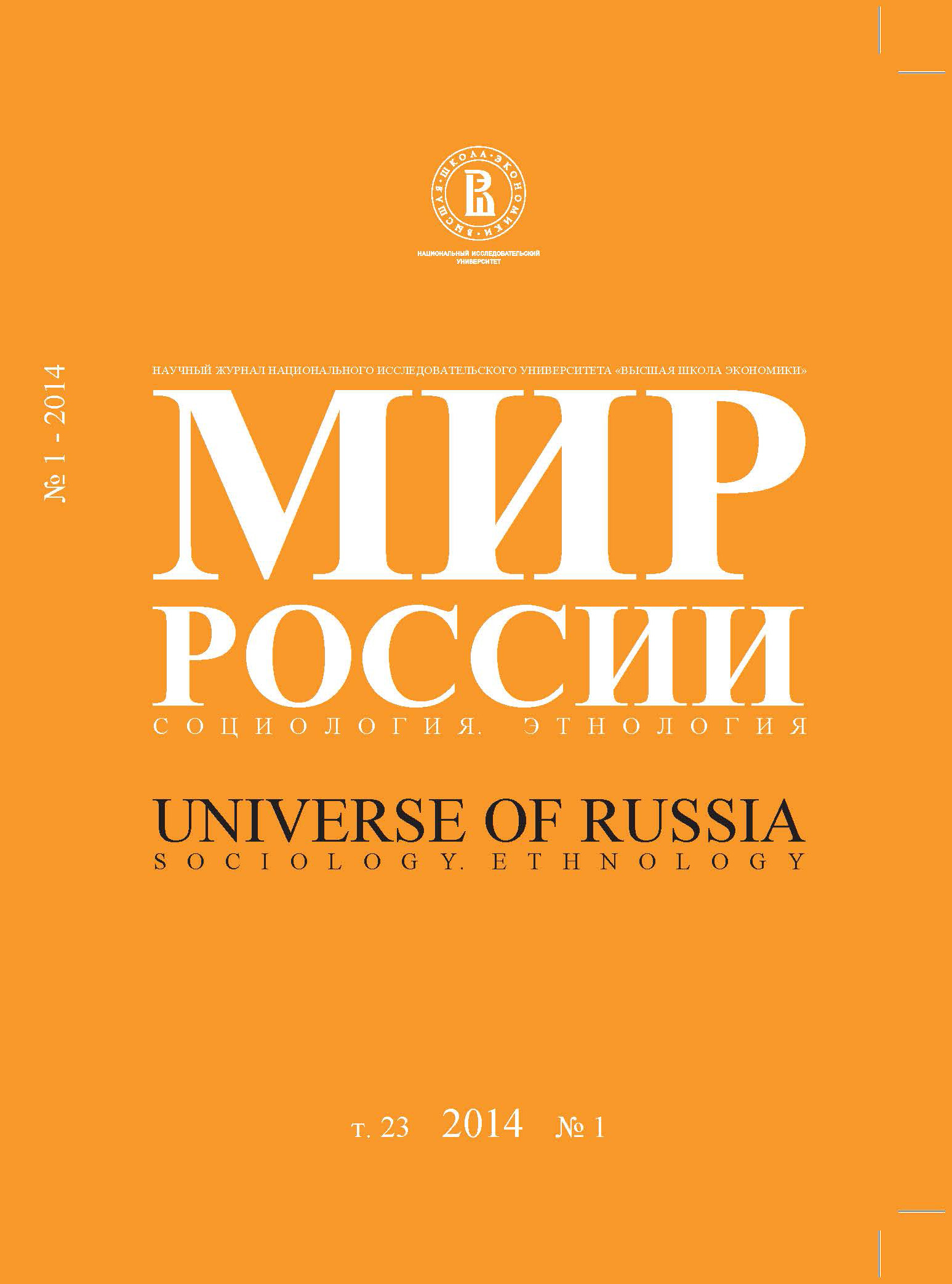Belarusians Between the East and the West
Abstract
Stephen White — James Bryce Professor of Politics, Department of Politics, University of Glasgow. Address: Glasgow, G12 8RT, United Kingdom. E-mail: s.white@socsci.gla.ac.uk.
Tatiana Biletskaya — Research Assistant, Department of Politics, University of Glasgow. Address: Glasgow G12 8RT, United Kingdom. E-mail: tatsiana.biletskaya@glasgow.ac.uk.
Ian McAllister — Professor of Political Science, College of Arts and Social Sciences, Haydon-Allen Building, Australian National University. Address: Canberra, ACT 0200, Australia. E-mail: ian.mcallister@anu.edu.au.
Belarus has a divided identity that reflects its complex history and culture. In terms of the classification made popular by Samuel Huntington in the 1990s, it is a ‘cleft country’, with substantial numbers of its people living on different sides of a boundary between a Western Christian and an Eastern Orthodox civilization. Focus groups and a national survey conducted in 2011 suggest that the wider society is more likely to regard itself as European than its counterparts in Ukraine and Russia, but less likely to do so than other European countries. There was substantial support for a hypothetical European Union (EU) membership, particularly among younger respondents, but there was also strong and widespread support for a closer association with the other member states of the Commonwealth of Independent States (CIS), which reflected a larger human community. More than half (54 per cent) of our survey respondents, for instance, had close relatives in Russia, and more than three quarters (76 per cent) had visited Russia, or Ukraine (72 per cent), as compared with 5 per cent who had ever visited Hungary or the United States (3 per cent). Many of our focus group participants, indeed, thought their society was still essentially ‘Soviet’; many had spent a part of their lives in other parts of the former USSR, and they had shared a number of formative experiences, including the Second World War.
Over the past decade, it is the multidirectional foreign policy followed by the current leadership, which simultaneously seeks closer relations with East and West, that has found the greatest support: about 40 per cent of the entire sample took this position, supporting EU membership as well as a greater degree of integration with the other CIS member states. A ‘Slavic choice’, supporting closer CIS integration but not EU membership, was also popular (16 per cent), but relatively few supported a ‘Western choice’ that gave priority to EU membership, and fewer still supported a policy of isolationism.






